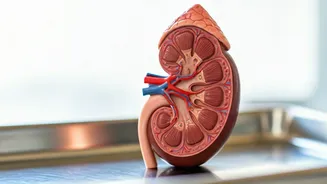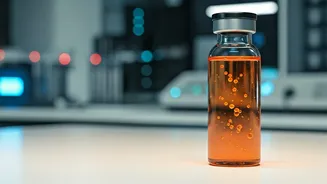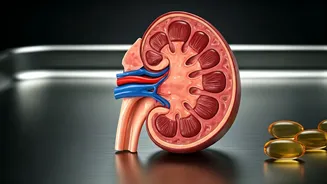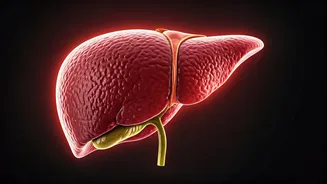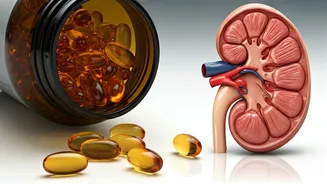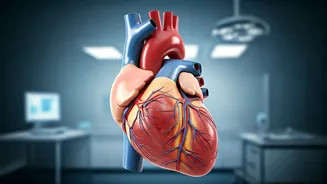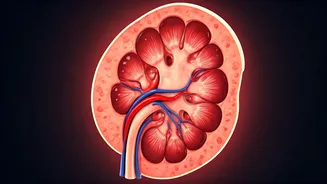Understanding Vitamin D
Vitamin D plays a vital role in our bodies, primarily known for its contribution to strong bones. It helps the body absorb calcium, which is fundamental
for bone health. Additionally, vitamin D is involved in many other bodily functions, including boosting the immune system, reducing inflammation, and even influencing mood regulation. The body synthesizes vitamin D when the skin is exposed to sunlight. However, vitamin D can also be obtained through certain foods, such as fatty fish, egg yolks, and fortified foods like milk and cereals. When vitamin D levels are insufficient, individuals may experience fatigue, muscle weakness, and increased susceptibility to infections. Conversely, when vitamin D levels exceed the normal range, it can lead to a condition known as vitamin D toxicity, which requires careful attention and management.
Dangers of Excess
Vitamin D toxicity, or hypervitaminosis D, occurs when vitamin D levels in the blood become excessively high. This condition can lead to a range of health issues due to the resulting buildup of calcium in the blood, a condition called hypercalcemia. This is because vitamin D facilitates the absorption of calcium from the gut. High levels of calcium can cause various symptoms, including nausea, vomiting, weakness, and frequent urination. Over time, chronic hypercalcemia can lead to severe complications. These include kidney damage, resulting in kidney stones and, in severe cases, kidney failure. It can also cause bone loss, as the body struggles to maintain the balance of calcium. Furthermore, excess calcium can accumulate in the soft tissues, such as the heart and blood vessels, leading to cardiovascular problems. Therefore, recognizing the potential dangers of vitamin D toxicity and monitoring levels is crucial to maintaining overall well-being.
Recognizing the Symptoms
Identifying the symptoms of vitamin D toxicity is essential for prompt intervention. Early symptoms often include gastrointestinal issues such as nausea, vomiting, and loss of appetite. These are often the first signs that something is amiss. As the condition progresses, individuals might experience more general symptoms, including weakness, fatigue, and dizziness. There may also be mental changes, such as confusion or cognitive impairments. Increased thirst and frequent urination are also characteristic due to the body attempting to flush out excess calcium. In more severe cases, symptoms can become critical. These might include severe abdominal pain, kidney stones, and even heart rhythm irregularities. Since these symptoms can mimic those of other conditions, it's essential to seek medical advice for an accurate diagnosis. Regular blood tests to check vitamin D levels can help detect hypervitaminosis D early, before severe symptoms develop.
Reversing Toxicity Naturally
If vitamin D toxicity is suspected, immediate action is necessary to bring levels back to a safe range. One of the first steps involves reducing or completely stopping vitamin D supplementation. This helps to prevent further elevation of vitamin D levels. Increasing fluid intake is crucial. Drinking plenty of water helps flush excess calcium from the body through urine. In some cases, a doctor might recommend medications. These medications can help lower blood calcium levels. For example, corticosteroids might be prescribed to reduce the absorption of calcium. In extreme cases, where kidney damage or severe hypercalcemia is present, hospitalization may be necessary. Intravenous fluids can be administered to increase hydration. Additionally, medications like bisphosphonates can be used to prevent calcium from being released from the bones. Regular monitoring of vitamin D and calcium levels is essential throughout the recovery process to ensure that the condition is improving.
Prevention Strategies
Preventing vitamin D toxicity involves a combination of awareness and proactive steps. The most important preventive measure is to avoid excessive supplementation. High doses of vitamin D supplements should only be taken under the guidance of a healthcare professional, especially if one is already getting enough vitamin D from their diet or sunlight exposure. Regular blood tests to monitor vitamin D levels can help in detecting any imbalances early. Pay attention to dietary intake of vitamin D. While it is present in few foods, understanding which foods are fortified with vitamin D can help in making informed choices. Sunlight exposure is another natural source of vitamin D, but it is important to balance this with sun safety practices. Moderation is key to prevent vitamin D toxicity, which means protecting the skin from excessive sun exposure by wearing protective clothing and using sunscreen. A balanced approach to vitamin D intake, coupled with regular health check-ups, is the best strategy for staying safe.


